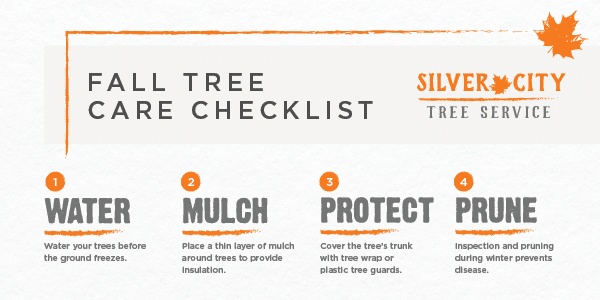Figuring Out The Correct Time For Tree Removal - A Guide For Homeowners
Figuring Out The Correct Time For Tree Removal - A Guide For Homeowners
Blog Article
Post Produced By-Jacobsen Crowder
Trees include elegance and value to home, however they can likewise pose a risk during severe weather occasions. If a tree has stopped growing, is exhibiting noticeable fungal growth, or has a leaning trunk, it must be gotten rid of by a professional to prevent home damage and injury.
To find out more, participate in a house owner resource fair co-hosted by HPD, the Facility for New York City Neighborhoods, and Brooklyn-based real estate partners this evening in Bedford-Stuyvesant. The event will feature the Homeowner Handbook, a new guide to help property owners navigate the duties of having a home.
1. Dead or Dying Branches
Trees are an essential part of your home's landscape, providing color and elegance. They also offer sanctuary for wild animals and generate oxygen, yet even healthy and balanced trees can experience illness that may necessitate their removal. Dead or dying trees aren't simply unsightly, they can be harmful. Their branches might fall during a tornado, bring about expensive home damage and injuries.
When a tree's branches begin to pass away, it indicates that its structure is beginning to break down. If most of its branches are dead, it is most likely time to remove it.
Look for a lack of new development, bark peeling, open injuries or dental caries, fungis growing on the trunk or origins and a general look of degeneration in the entire canopy. visit this link of infection can show a serious problem that will call for specialist tree solutions to solve.
2. Leaning Trunk
While it's regular for trees to lean every now and then as a result of phototropism, if a tree has a harmful or extreme lean that's not because of natural processes - maybe a sign that the tree requires to be eliminated. If the tree is leaning toward a high-voltage line, home, car, play structure or any other location that could be harmful to individuals if it drops, after that contacting an expert tree service for elimination should be a top priority.
It's also crucial to expect any type of sudden changes in a tree's leaning as it can indicate damage to the roots or trunk that might result in falling. This is especially real throughout thundercloud, considering that high winds and rain-soaked soil can cause a lean to alter rapidly. Normal tracking, specifically throughout and after tornados can help homeowners recognize prospective issues with their trees so they can call an arborist for a complete assessment.
3. Parasite Infestation
Some pest problems, such as wood-boring insects like emerald ash borer or sap-suckers like range insects, are so extreme that they can trigger a tree to pass away. The very best way to avoid pest infestation is to monitor your trees regularly. Seek spots, openings, or stainings in the fallen leaves and bark. Take a look at the trunk for cracks and signs of insect damages, such as tunnels or tracks.
If a tree ends up being too ravaged with insects, or is close to a home or power lines, an arborist may recommend removal. If a leaning tree creates a new, unpredictable lean, an arborist will likely advise removal as well to make sure the safety of people and property. If a damaged or dead tree continually drops excessive branches, it is an indicator that it is time to eliminate the tree. If a tree remains to lose branches for a prolonged time period, it could lead to structural troubles and potential residential property damage.
4. Harmed Trunk
Trees are an attractive and important part of our landscape, however they do need routine like keep them healthy and risk-free. If a tree is damaged beyond repair it is likely time for it to find down.
Seek signs of damages to the trunk, including upright fractures, seams, dead branch stubs, visible injuries or open dental caries and severe tree-rot. growth maintenance ltd of fungis at the base of the trunk is an additional alerting indicator. Fungi might indicate that the phloem and xylem (life-support cells) are endangered, allowing for the spread of condition or a future failing.
Also, think about whether the tree has actually quit growing. Healthy and balanced trees will have new development each year, which might be visible as buds or branches growing and extending. If you do not see any brand-new development, it's a great idea to have an arborist examine the tree and follow their referral for elimination. mike power dying or harmed tree can fall and cause property damages.